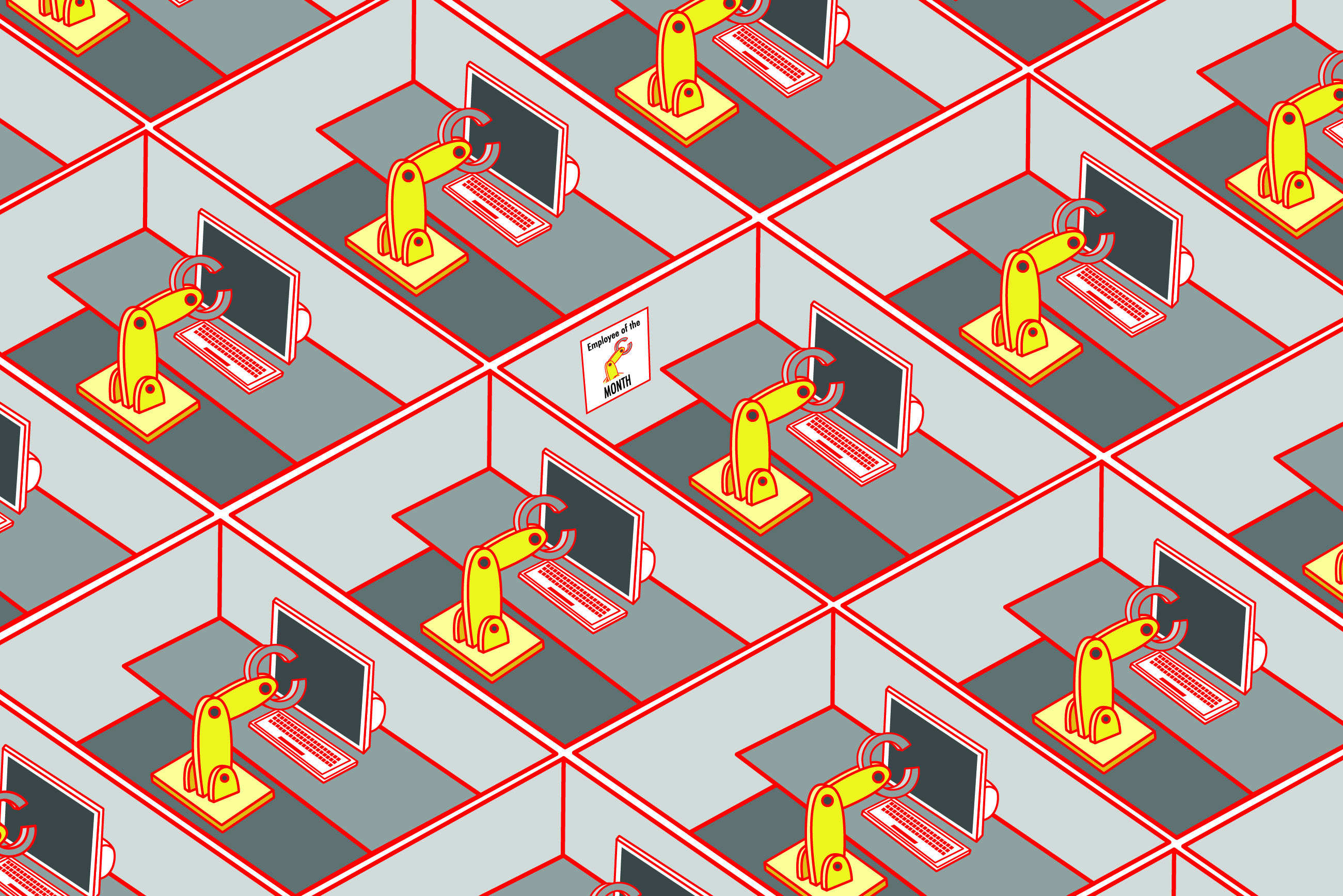Many students find electronic textbooks to be a cheaper and easier alternative than print textbooks, but they’ve been slow to catch on. Students are still carrying heavy backpacks full of expensive books, even with the technology available to store hundreds of books on a zip drive that can fit in their back pocket.
According to a June 2013 Bowker Market Research survey on digital textbooks, students still prefer print books. About half of the students surveyed said they felt it was easier to take notes and highlight in print books, and a third claimed that the inability to sell back e-textbooks was an issue.
Mara Bahri, a sophomore in the pre-med program at Portland State, is one of the students who prefers print.
“Personally I do not like e-books because most are temporary with the program I buy,” Bahri said.
Buying an e-book from Chegg.com or Coursesmart.com will typically cost half as much as a printed book, but access to most books only lasts about 180 days and there is no resale value.
According to the Bowker survey, another factor that creates friction with the adoption of e-books is the choices that professors make. The study found that professors are integrating digital resources into their courses, but not necessarily in the form of e-books.
Dr. William Griesar teaches neuroscience at PSU. Neuroscience is one of many fields of study that is gaining new knowledge and evolving quickly enough that textbooks need to be updated constantly. Because of the changing nature of his field, Griesar utilizes a great deal of technology in his courses.
“All my courses have a significant online component that I constantly update with new material,” Griesar said. But he expresses frustration with integrating e-books.
“Publishers make students and faculty download often-clunky apps that only read their enormously expensive texts and usually require passwords and multiple downloads, instead of just making their electronic versions easily available through Kindle or iBooks,” he said.
There are some e-books available on Kindle, but most are just a static digital reformat of the original textbook.
Anita Argo, a graduate student in the secondary education program, finds formatting can cause problems.
“I have tried to use the Kindle books to save money before, but it’s really difficult to use the small screen with the enlarged text, so it doesn’t do much good to have the text if it’s too hard to use it,” Argo said.
That said, Argo also sees the benefit of the kind of interactive learning that e-books can provide.
“I feel like I’d do better with the additional help from the online text assistance stuff, but I just can’t afford to spend $80-$180 on a text and then another $40-$60 just to use the online course material mentioned in the text,” she said.
What many students and professors might not realize is that major textbook publishers like McGraw-Hill and Pearson offer many e-textbooks with all the extras for purchase on their websites, often at less than the cost of the print book.
Other sites like Kno.com come with a dynamic learning experience built into the textbook. For instance, students can study using built-in flash cards or a pen app that allows note-taking directly on the electronic pages. There is also a quiz feature that allows a student to keep track of what they’ve learned. “Smartlinks” is another feature that directly links to videos and diagrams that provide a more in–depth examination of key concepts.
Boundless.com is a new concept that takes current textbooks and matches the content of each chapter with open source products for $19.99. It’s not an actual book, but rather a dynamic website that will match the subject with available open source media, including research, papers, videos and slideshows that match the important components of each chapter.
“Given the wealth of useful, current and often freely available material on the web, original research papers, well-edited science blogs and TED talks, it makes sense to shift to a more diverse, more topical and less expensive option for students,” Griesar said. “I also like creating my own content, including video lectures.”
The California State University system launched Merlot.org, short for Multimedia Educational Resource for Learning and Online Teaching. The website aims to address ways for instructors like Griesar to easily create their own focused class content. Instructors can use Merlot.org to gather and assemble peer-reviewed, faculty-developed, open resource materials to create a class web page or e-book that is specifically focused on what individual professors want their students to learn, all for free.
Students and faculty can’t take advantage of these products if they are unaware of them. Students can let their professors know about resources for free or low-cost existing textbooks like Boundless.com, or direct them to Merlot.org for a more personalized alternative.
For regular textbooks, comparison shop. If a textbook comes bundled with an online access code, you can save a lot of money by going straight to the publisher’s website.







